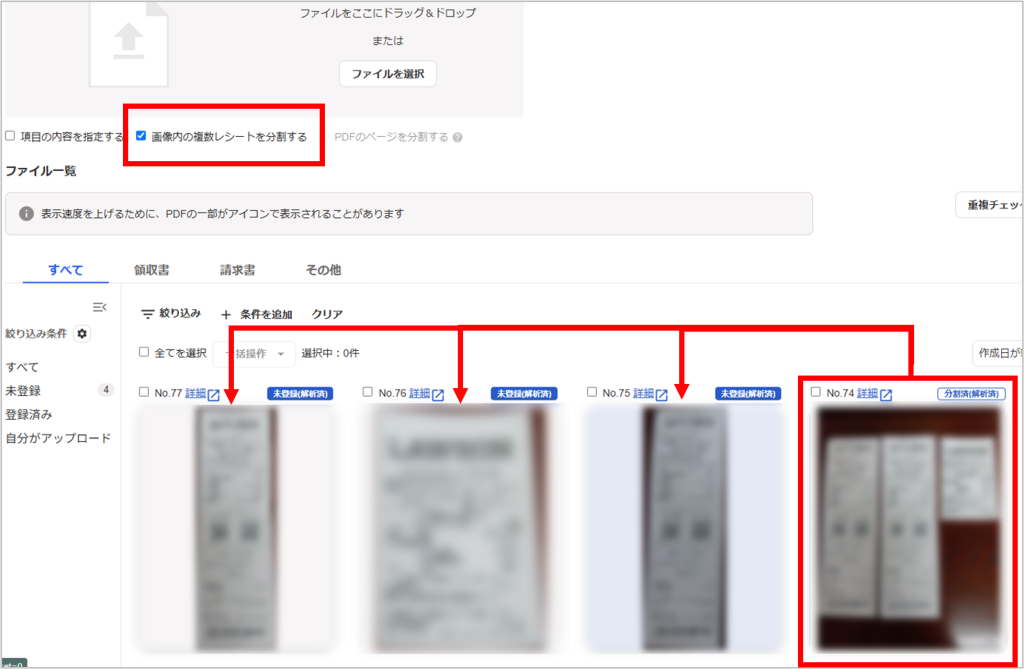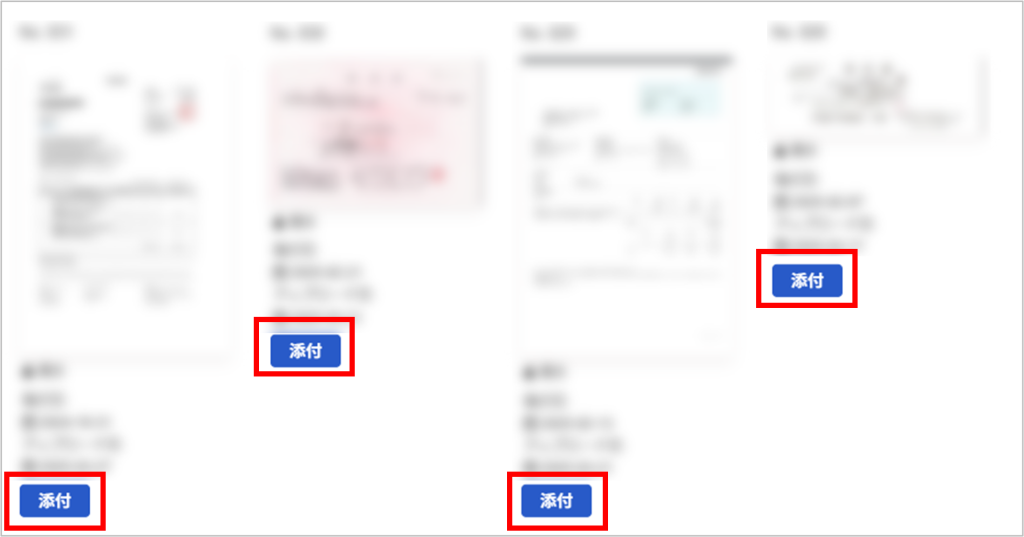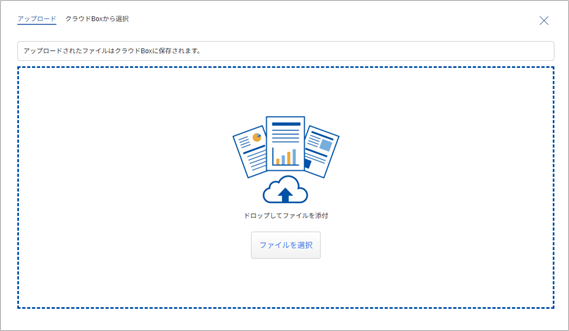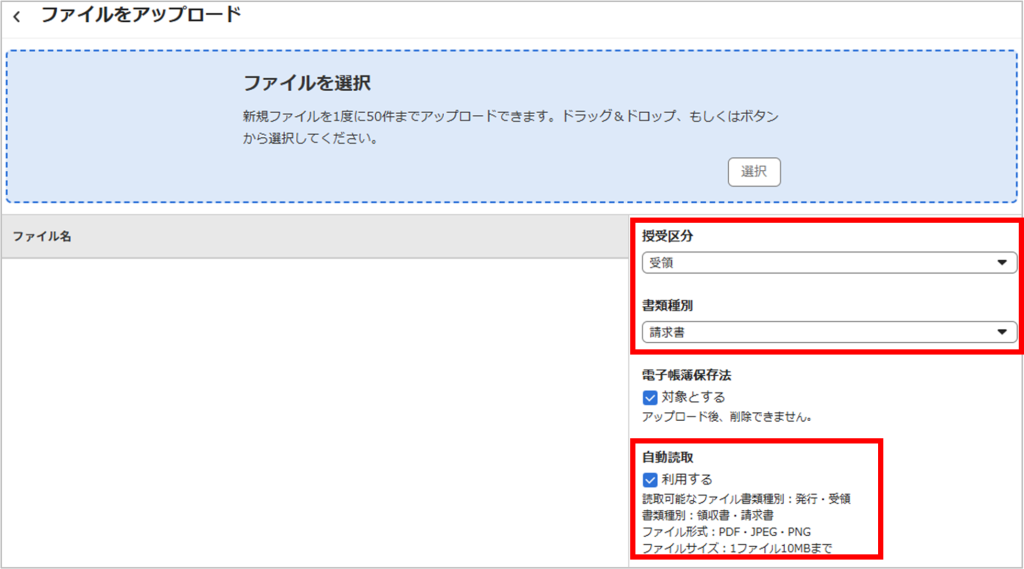- Home
- Cloud accounting software
- Cloud Accounting Review: Document Attachment and Receipt Management in freee and Money Forward
Cloud Accounting Review: Document Attachment and Receipt Management in freee and Money Forward

Hello from Sayu CPA Office!
This is the fourth installment in my personal series reviewing cloud-based accounting software. Today, I’ll be focusing on a somewhat low-profile but critically important feature: receipt and document management.
In this context, “documents” refers to receipts, invoices, contracts, and any supporting files that serve as the source of accounting entries. Many cloud accounting platforms let users attach these documents directly to journal entries and also offer built-in storage and management features—often compliant with Japan’s Electronic Bookkeeping Act (電子帳簿保存法).
If every journal entry has its corresponding document attached, then in theory, audits and tax reviews could be conducted by simply granting limited login access—eliminating the need to prepare paper files. In fact, some audit firms now expect this kind of remote-ready environment. Larger foreign companies often use more sophisticated ERP systems like SAP and respond to tax audits by simply handing over a laptop. This centralized, digital approach is also beneficial for multinational corporations. And thanks to the advancement of cloud software, even small businesses are now able to replicate what only large corporations could do in the past. (Of course, in reality, resource constraints can make it hard to achieve that ideal.)
In this post, I’ll introduce how freee and Money Forward handle document management features, along with my personal impressions.
freee
In freee, all receipts, including those from freee’s expense reimbursement module, are consolidated into a section called the “File Box” within the accounting platform. Documents can be attached directly to individual transactions or journal entries, making it easy to access them later. You can also batch-upload multiple files, split multi-page PDFs, or crop out individual receipts from one photo—useful features that save time.

freee also includes OCR (Optical Character Recognition) functionality, which can automatically extract data like the transaction date, amount, and invoice number. The accuracy varies depending on the resolution and format, but in general, it works well with typical invoices, receipts, and chain-store formats. Personally, I usually attach documents while entering journal entries, but it’s also possible to upload documents first and use OCR results to generate and register entries later. There’s even a feature that tries to match a document with an already-registered entry, suggesting a possible link. This feature only works when there’s a perfect match and depends on OCR accuracy, but it’s still a helpful option—especially if you’re importing credit card transactions first, then attaching receipts afterward.
In short, both “document → journal entry” and “journal entry → document” workflows are supported, which is a strength of freee.
That said, the attachment process itself can be a bit cumbersome. In the “Automatic Bookkeeping” screen, for example, unlinked documents are shown separately—which is helpful—but you have to attach each file manually, one by one. And each attachment triggers a page reload, which can become frustrating when dealing with a large number of receipts.

If you’re attaching from a journal entry screen, multiple files can be selected and attached without page reloads—but in that case, unlinked files aren’t separated, making it hard to find the right one. Either way, the process generally involves two steps: (1) upload the file, and then (2) select and attach it—which can feel a bit tedious. Overall, freee offers solid functionality, but I do hope they improve the UX for smoother operation in the future.
Money Forward
Money Forward also allows you to attach documents directly to journal entries and view them again from within the same screen—just like freee. However, in terms of workflow efficiency, Money Forward has the upper hand.
You can open the attachment section in the journal entry screen, drag and drop your documents, and the system will both upload to storage and attach the file to the entry—all in one step. Multiple files can be attached at once. There’s no need to upload, select, and then confirm—so the process feels fast and streamlined.

That said, there are other pain points. Money Forward has a separate platform called Cloud Box for managing documents. However, in my experience, not all files are consolidated into this Cloud Box. In fact, there are two different storage locations: Cloud Box and something called “Storage” within the accounting module.
For example, if you’re using Money Forward Cloud Expense, receipts imported from expense reports are saved to Storage. But if you manually attach a file to a journal entry within accounting, that file goes into Cloud Box. The distinction is unclear, and to me, inconsistent. Ideally, Cloud Box would store all accounting-related documents—including expense reports—while “Storage” would be used just for temporary files like trial balance exports. But that’s not how it works today.
Also, while Cloud Box supports OCR scanning, this feature only works if you upload documents directly to Cloud Box and configure the file as the correct “document type” and “transaction category.” Files attached from the accounting screen or uploaded without those settings won’t trigger OCR. Furthermore, using OCR-generated data to create journal entries beyond six per month incurs additional charges.

Because of these limitations, I think the simplest way to use Cloud Box is just to treat it as a storage area for attached documents—and rely on a one-way “entry → document” approach. Hopefully in the future, we’ll see better integration and more consistent behavior between Storage and Cloud Box.
Final Thoughts
In my opinion, freee currently leads when it comes to document management functionality. Its features are more comprehensive, and the platform is frequently updated. Once the user experience improves a bit more, it will likely become an even stronger tool.
Money Forward wins in terms of ease and speed of use, but its functionality feels a bit limited in comparison—especially when it comes to OCR integration and centralized file management.
That said, what matters most in real-world operations is being able to locate documents when you need them, and managing them in a way that supports your daily workflow. Whether you value flexibility or simplicity will ultimately shape which tool is best for your business.
At Sayu CPA Office, we offer practical support for implementing and operating cloud accounting software like these. If you have concerns about document handling or compliance, please don’t hesitate to contact us—we’re happy to help.
Comment
No trackbacks yet.



No comments yet.